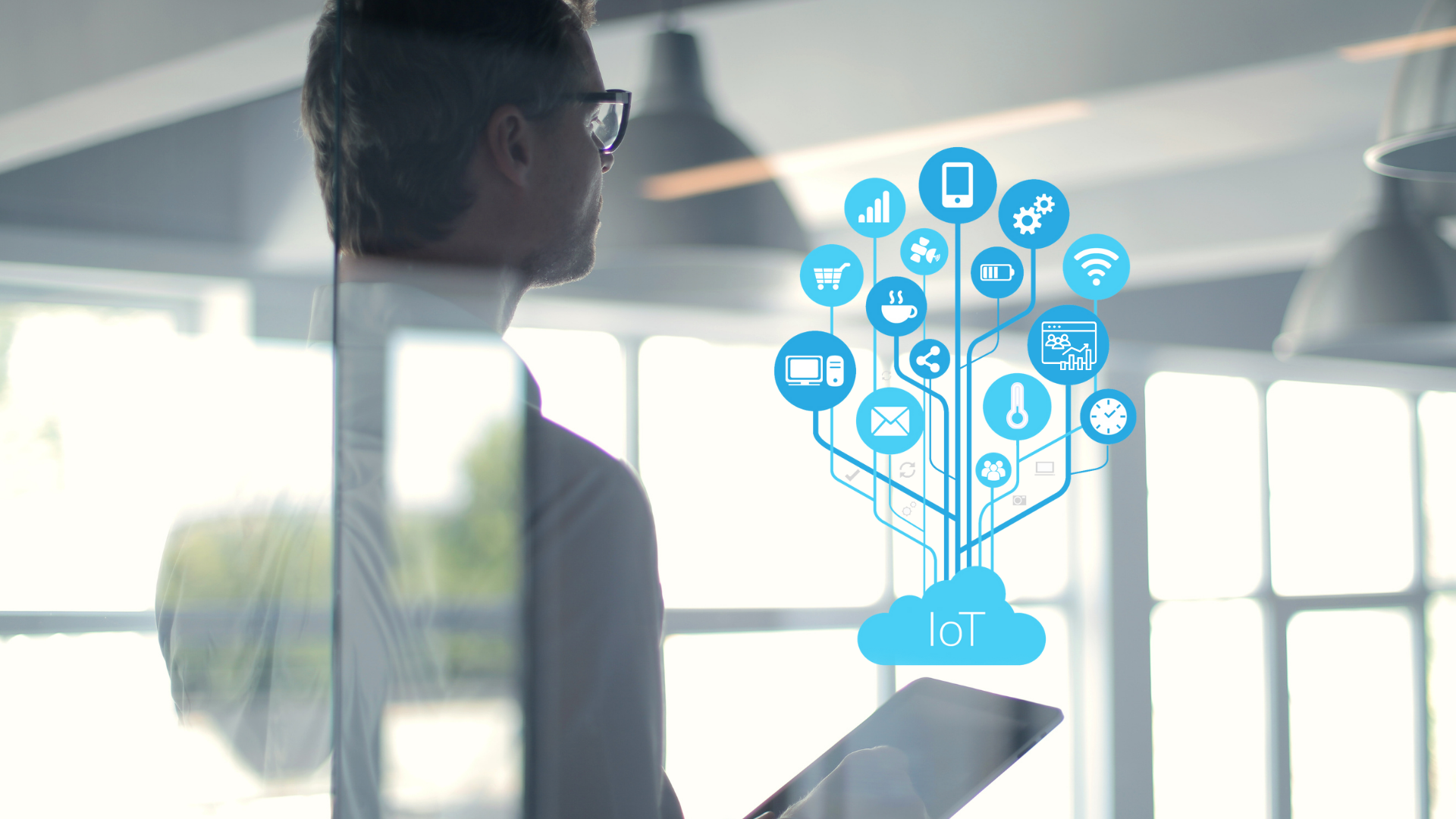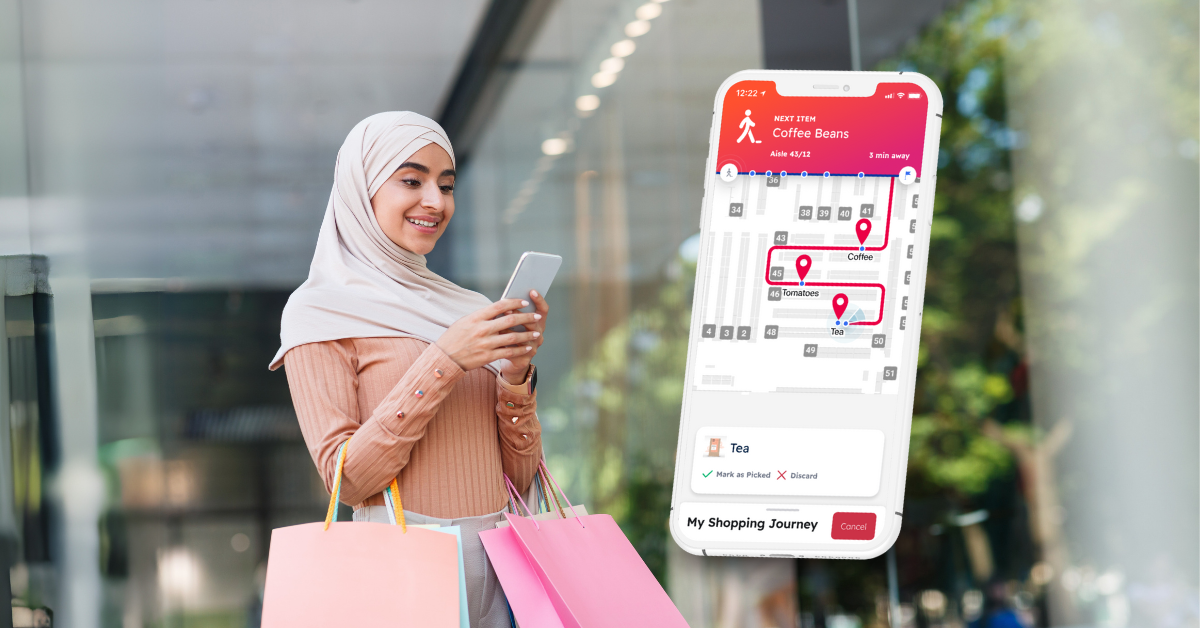How Indoor Analytics Transforms Smart Building and Office Operations

How Indoor Analytics Transforms Smart Building and Office Operations?
- Raise your smart building and office operations with Indoor Analytics. Optimize efficiency and productivity. Click to learn more now.
Indoor analytics, how visitors interact with your indoor space, have appeared upon the question. By using modern technologies such as sensors, WiFi networks, and data analytics algorithms, indoor analytics systems can monitor the motion and conduct of individuals within indoor spaces. This feature empowers business managers to gain valuable insights into space utilization, including employee productivity, occupancy levels, foot traffic patterns, and even environmental factors like temperature, humidity, and lighting.
In general, indoor analytics empowers businesses to optimize their office operations, refine working order, and openly provide more sensitive smart buildings. With IPera’s Indoor Analytics solutions, businesses can harness the power of indoor intelligence to make smarter, more informed decisions that produce extraordinary indoor experiences and drive results.
Indoor Analytics: Definition and Importance
Indoor Analytics includes using different technologies and data analysis platforms to track and examine visitor’s interactions within indoor areas such as offices, workspaces, or shopping malls. Indoor analytics is a general concept given to the process of collecting, analyzing, and visualizing data from sensors inside a building. This is frequently employed to measure the efficiency of the work, enhance client experiences, or transform operations.
Workspace Analytics, on the other hand, specifically refers to the utilization of such data to optimize the work environment. It requires observing employee movements, comprehension of workflow patterns, and applying strategies to increase order. Both Indoor Analytics and Workspace Analytics are essential technologies for measuring and optimizing projects within indoor venues.
Enhancing User Experience and Productivity with Indoor Analytics
Indoor analytics systems provide valuable insights into user behavior and preferences, enabling personalized campaigns. These insights allow businesses to know foot traffic patterns, and streamline navigation, finally increasing the general user experience. Furthermore, indoor analytics can give insights into capacity requirements and projected growth, enabling businesses to distribute funds more efficiently and generate a suitable environment for productivity. Businesses are more and more going towards Indoor Analytics, leveraging technologies such as WiFi Analytics and WiFi Marketing to reinforce both user experience and creativity. These comprehensive solutions deliver superior network and WiFi performance, complemented by business value-added services such as flexible Captive Portal for data collection, Visitor analytics, and location-based push marketing. Also, providing a cost-effective yet high-performance solution to elevate your network infrastructure and enhance your business capabilities.
By benefitting Indoor Analytics Solutions, businesses can gather precise insights into customer activities and interests within their physical area. Wireless Analytics, for example, provide work to path foot traffic patterns, recognize high-traffic areas, and optimize system designs for advanced movement and order. Besides, through WiFi Marketing, businesses can capture customers in real-time, offering personalized help or support based on their place and actions. Generally, the combination of Indoor Analytics, Wireless Analytics and Workspace Analytics, allows businesses to create personalized experiences that enhance customer satisfaction and drive a positive return on investment (ROI) through optimized in-store behavior and resource allocation.
Optimizing Asset Reliability and Performance with Indoor Analytics
One of the key benefits of indoor analytics solutions is its ability to enhance asset reliability and performance. By monitoring equipment and infrastructure in real-time, businesses can detect anomalies, predict potential failures, and proactively schedule maintenance activities. For example, sensors installed on airport buggies can provide continuous performance data, enabling predictive maintenance strategies that minimize downtime and extend asset lifespan. This proactive approach not only improves reliability but also reduces maintenance costs and enhances overall business operational efficiency.
Incorporating technologies such as Geofence WiFi, Real-time People Tracking, and Workspace Analytics transforms how work optimizes employee well-being and production. Geofence WiFi enables organizations to set up effective borders within their indoor area, allowing for correct location tracking of assets and staff. Real-time Asset Tracking helps businesses keep track of their assets by providing live updates on their location and WiFi connectivity. It also helps in setting clear goals and managing workflows effectively. Moreover, it includes geo-fencing features that trigger alerts when a visitor or asset enters an unauthorized area. This combination of capabilities enables organizations to improve their asset management practices and enhance security measures for better operational results.
Cost-Saving and Risk-Reduction with Indoor Analytics
Indoor Analytics Solutions and Businesses’ WiFi Marketing tactics provide significant benefits for cost savings. Indoor Analytics Solutions can help business owners manage customer and employee traffic more effectively by enabling them to learn the number of people visiting their business daily, the ratio of new customers to returning customers, and visit durations. This way, they can gain actionable customer insights and conversion analysis based on the frequency of their visits.
These benefits easily allow businesses to optimize operations and ultimately reduce operating costs. Business WiFi Marketing further enhances these initiatives by approving targeted promotions and personalized customer offers based on real-time location information. By leveraging Indoor Analytics Solutions and enterprise WiFi Marketing, businesses can recognize potential challenges such as overcrowding or congestion and leverage foot traffic data to eliminate these challenges, thus improving venue safety. These integrated digital approaches not only deliver cost savings, but also promote a safer and more consistent indoor space for both visitors and employees. In addition, cost savings and risk reduction with Indoor Analytics also focus on leveraging advanced data analytics to save costs and reduce risks in the indoor space. By applying a mix of indoor analytics, businesses can recognize inefficiencies in resource use, leading to cost-saving opportunities such as optimizing energy use and space utilization. Additionally, indoor analytics minimizes the likelihood of risk by allowing businesses to proactively address potential risks such as safety concerns or equipment malfunctions. Through robust monitoring and analysis of confined spaces, a business can increase operational efficiency and reduce maintenance-related overhead costs.
Promoting Sustainability and Social Responsibility through Indoor Analytics
Real-time People Tracking, Wireless Analytics, and Indoor Analytics meet to operate sustainability and social responsibility initiatives. In this context, indoor analytics and business wifi marketing offer powerful tools that can help businesses achieve these goals.
Indoor Analytics offers a holistic sight of operations, enabling organizations to tool sustainable use and confirm social control standards. Indoor analytics also can help businesses optimize energy use. For example, wifi sensors can determine which areas of a building are most used, and this information can help manage heating, cooling, and lighting systems more efficiently.
On the other hand, business wifi marketing allows companies to communicate with their customers more effectively. This allows businesses to better communicate their social responsibility projects and sustainability efforts to their customers. Additionally, wifi marketing allows businesses to better understand customer behavior and tailor their services based on this information.
Applying Indoor Analytics to Your Smart Building or Office
With the rapid development of technology, smart buildings, and offices offer new ways to increase the efficiency of businesses and improve the experience of employees. Indoor analytics and geofence WiFi offer huge opportunities for smart buildings and offices.
Interior analytics is used to track movement and behavior inside a building or office. This is achieved using technologies such as WiFi, Bluetooth, RFID, and other sensors. These technologies can track the locations and movements of people inside a building.
Geofence WiFi is an important component of indoor analytics. A geofence can be thought of as a virtual fence that defines a specific geographic area. When a person or device enters or exits this area, a series of predetermined actions can be triggered. In smart buildings, by using geofence WiFi, building managers can learn how much time employees or visitors spend in certain areas, which areas are busiest, and at what hours. This information can be used to improve energy efficiency, optimize cleaning and maintenance schedules, and create an overall better working environment.
The Future of Smart Operations with Indoor Analytics
Indoor Analytics, complemented by Wireless Analytics and Real-Time People Tracking, ushers in a transformative era in smart working.
As indoor analytics advances, businesses can gain unprecedented awareness, optimizing indoor spaces and improving user experiences. In particular, real-time people tracking is one of the most important aspects of indoor analytics. This can be used to understand how customers navigate a store, which products attract the most interest, and which areas are busiest. This information can help businesses develop strategies to improve customer experience, increase sales, and make operations more efficient. Indoor Analytics plays a central role with technologies such as real-time people tracking in shaping smarter, more sustainable interiors that elevate businesses.





